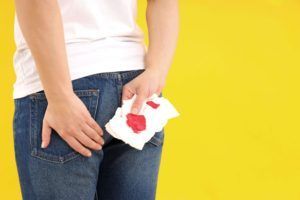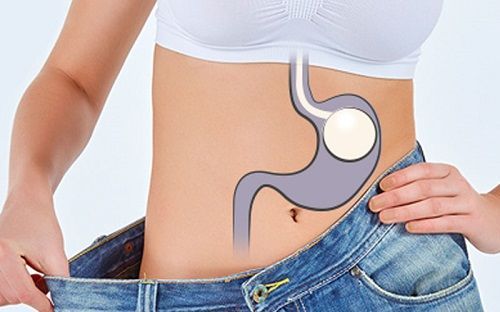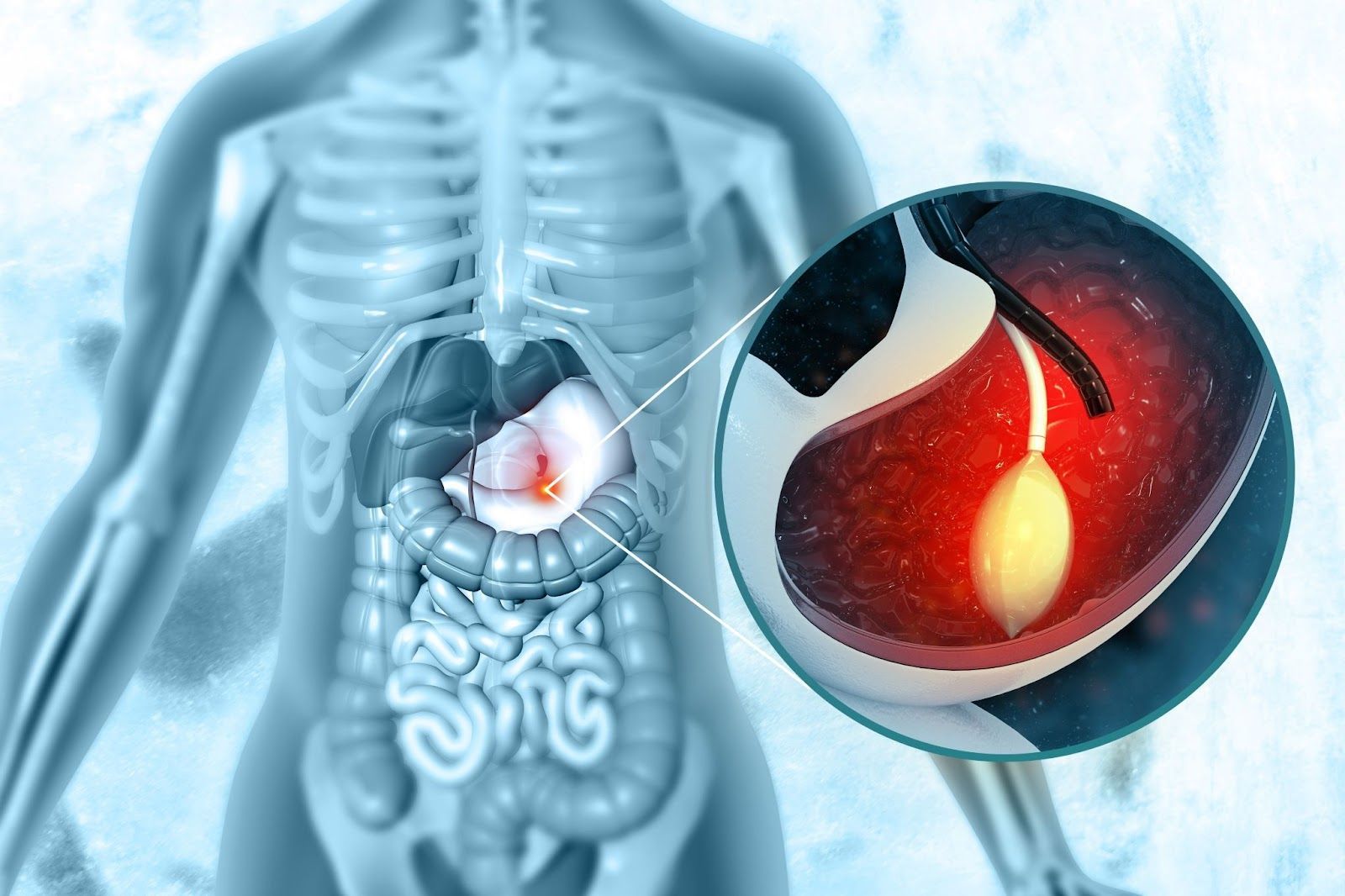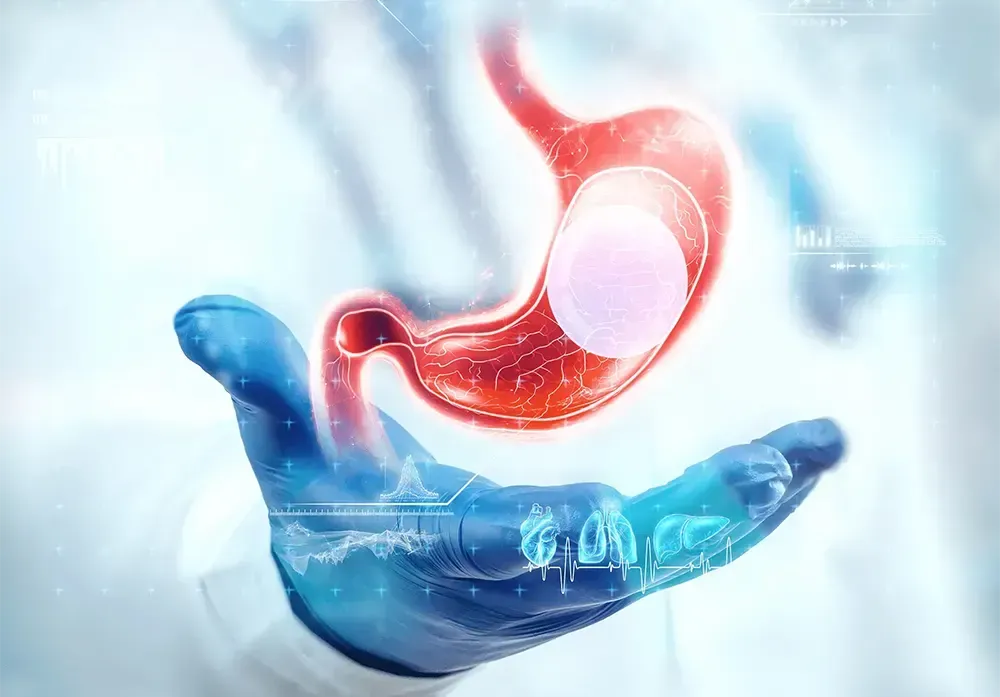Hemorrhoid Treatment: What To Do if a Hemorrhoid Has Burst

If a hemorrhoid fills with too much blood, it can burst, which may cause some discomfort. Some people might be able to treat a burst hemorrhoid at home, but others will need medical treatment.
In this article, we look at the different types of hemorrhoids, how they can burst, the symptoms, options for hemorrhoid treatment , and when to see a doctor, such as a gastroenterologist.
What are hemorrhoids?
A person may avoid burst hemorrhoids by not sitting on the toilet for extended periods.
Hemorrhoids, also called piles, are swollen veins in or around the rectum and anus.
Hemorrhoids can form due to excess pressure in the abdomen, anus, and rectum.
Possible causes include:
- changes in bowel movements, such as chronic constipation or diarrhea
- straining when having a bowel movement
- spending a long time sitting on the toilet
- lacking fiber in the diet
- aging, which can cause the supportive tissues in the anus and rectum to weaken
- pregnancy
- lifting heavy objects
There are two different types of hemorrhoid: internal and external. Internal hemorrhoids are underneath the lining, or mucosa, of the anus or rectum. External hemorrhoids form around the distal anus, under a covering of skin.
According to the American Society of Colon & Rectal Surgeons, thrombosed and prolapsed hemorrhoids can occur.
A prolapsed hemorrhoid is a hemorrhoid, commonly internal, that protrudes from the anus. A thrombosed hemorrhoid occurs when a blood clot forms in an external or internal hemorrhoid.
How do they burst?
An external hemorrhoid can burst if it becomes thrombosed, meaning that a blood clot has formed in the hemorrhoid.
If this happens, people may feel a hard, painful lump outside their anus.
If too much pressure builds up in a thrombosed hemorrhoid, it can burst.
The thrombosed hemorrhoid will break through the covering skin, and the blood clot will leak out.
Symptoms
The symptoms of thrombosed hemorrhoids include constant, severe pain and bleeding, if the thrombosed hemorrhoid breaks through the skin covering.
If a thrombosed hemorrhoid bursts, people may see bright red blood in their stool, in the toilet bowl, or on toilet paper after wiping.
What to do if it bursts
According to the United Kingdom’s National Health Service (NHS), people should seek immediate medical attention if they experience:
- continuous bleeding
- large amounts of bleeding, e.g., enough to turn the toilet water red
- passage of large blood clots
- severe pain
According to a 2020 article, taking a sitz bath may help relieve pain and keep the area clean. People can sit in warm water with a temperature of approximately 40°C (104°F) for up to 15 minutes. A sitz bath may also help reduce itching and burning sensations.
It is best to avoid adding any salts, oils, or lotions to the bath, as these products may cause inflammation.
The NHS note that applying a cold compress, such as ice wrapped in a towel, may help ease pain and discomfort.
Taking pain relief medication, such as acetaminophen, may also ease the pain. However, a person should avoid taking ibuprofen for bleeding hemorrhoids, as this medication may lead to further bleeding. They should also avoid any medications that contain codeine, which can cause constipation.
Bright red blood often indicates a burst hemorrhoid. However, in some cases, bleeding from the rectum can be a sign of another condition, Crohn’s disease, ulcerative colitis, or colon cancer.
If people notice bright red blood during a bowel movement and suspect that it is from a burst hemorrhoid, they should contact a doctor to check.
Prevention
Preventive steps may help lower the chances of internal or external hemorrhoids forming and reduce the risk of hemorrhoids developing into prolapsed or thrombosed hemorrhoids.
These preventive steps include:
- avoiding straining during bowel movements
- avoiding sitting on the toilet for extended periods
- eating high fiber foods
- drinking plenty of water
- avoiding frequent heavy lifting, if possible
Treatment
People may be able to treat internal and external hemorrhoids at home by:
- eating a diet high in fiber
- taking a fiber supplement or stool softener
- drinking plenty of fluids throughout the day
- taking over-the-counter (OTC) pain relievers, such as acetaminophen
Taking a sitz bath can also help ease symptoms. The National Institute of Diabetes and Digestive and Kidney Diseases suggest taking a sitz bath several times a day to relieve hemorrhoid pain.
For external hemorrhoids, OTC ointments or suppositories may help ease swelling, itching, and mild pain.
Most prolapsed hemorrhoids resolve with at-home treatment, but people may need medical treatment for severely prolapsed hemorrhoids or internal hemorrhoids that bleed.
If a thrombosed hemorrhoid is causing persistent or severe pain, a doctor may make a small incision and remove the blood clot.
Medical treatment for severe hemorrhoids may include:
- Rubber band ligation: This treatment is for prolapsed or bleeding internal hemorrhoids. A doctor will place a special rubber band around the hemorrhoid to stop the blood supply, causing the hemorrhoid to fall away soon after.
- Sclerotherapy: A doctor will inject an internal hemorrhoid with a solution that shrinks it by causing a scar to form.
- Infrared photocoagulation: A doctor uses infrared light to create scar tissue on an internal hemorrhoid, which stops its blood supply and causes it to shrink.
- Electrocoagulation: An electric current causes scar tissue to form on an internal hemorrhoid, cutting off the blood supply and causing it to shrink.
- Hemorrhoid stapling: A doctor uses a special stapling tool to remove internal hemorrhoids.
- Hemorrhoidectomy: If other treatments are not successful, a hemorrhoidectomy completely removes external or prolapsed hemorrhoids.
When to see a doctor
If home treatments do not relieve pain after 1 week, a person should see a doctor.
People can also see their doctor if any OTC topical ointments or medications that they have tried are causing a rash or dryness around the anus.
Immediate medical attention is necessary if the following symptoms occur alongside hemorrhoids:
- severe pain around the anus
- bleeding from the rectum
- stomach pain
- diarrhea
- pus that is leaking from the piles
- fever
Summary
A hemorrhoid becomes thrombosed when a blood clot forms inside the hemorrhoid. This clot can lead to excess pressure building up inside the hemorrhoid, causing it to burst or be painful.
A burst hemorrhoid can cause bright red blood to appear during a bowel movement.
Bleeding from the rectum can have causes other than hemorrhoids, so people should check with their doctor if they have any bleeding from around the rectal area.
People may be able to treat a burst hemorrhoid and other types of hemorrhoids with at-home treatments. For severe cases, people may require medical treatment.
The post Hemorrhoid Treatment: What To Do if a Hemorrhoid Has Burst appeared first on Gastro SB.










